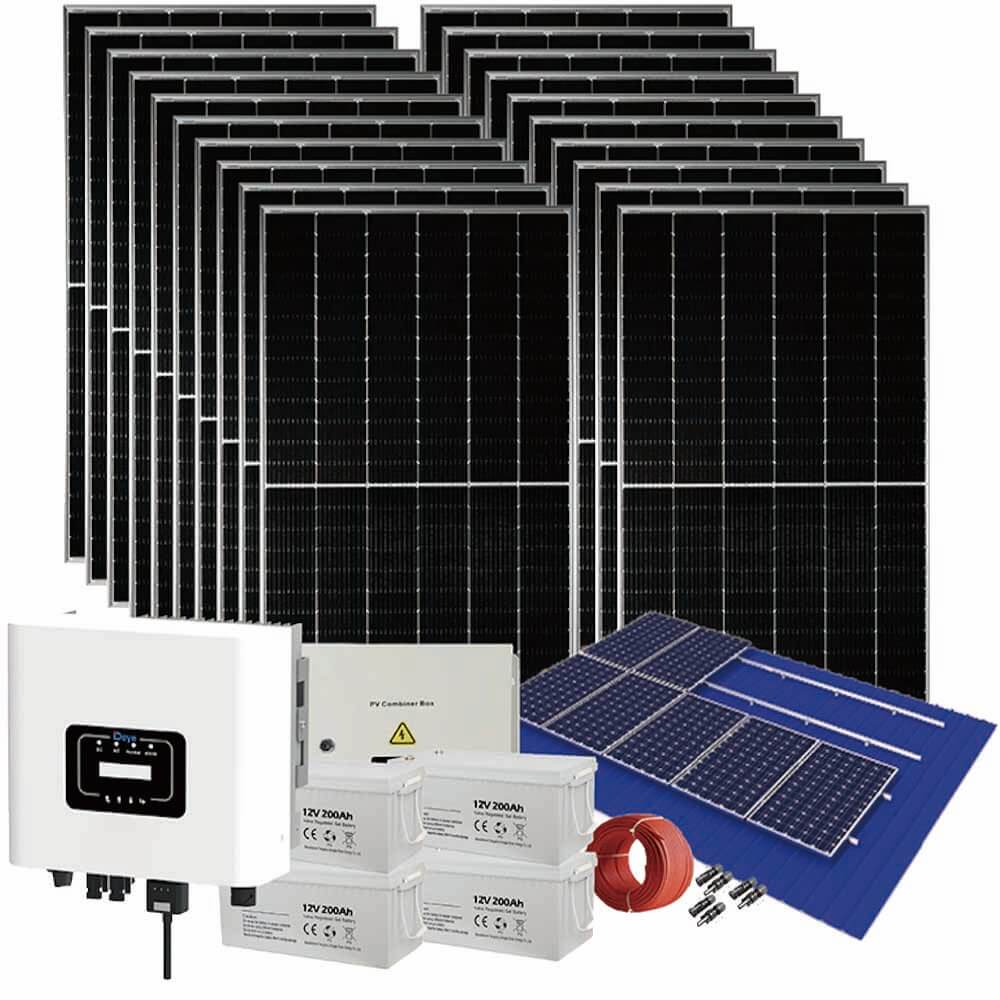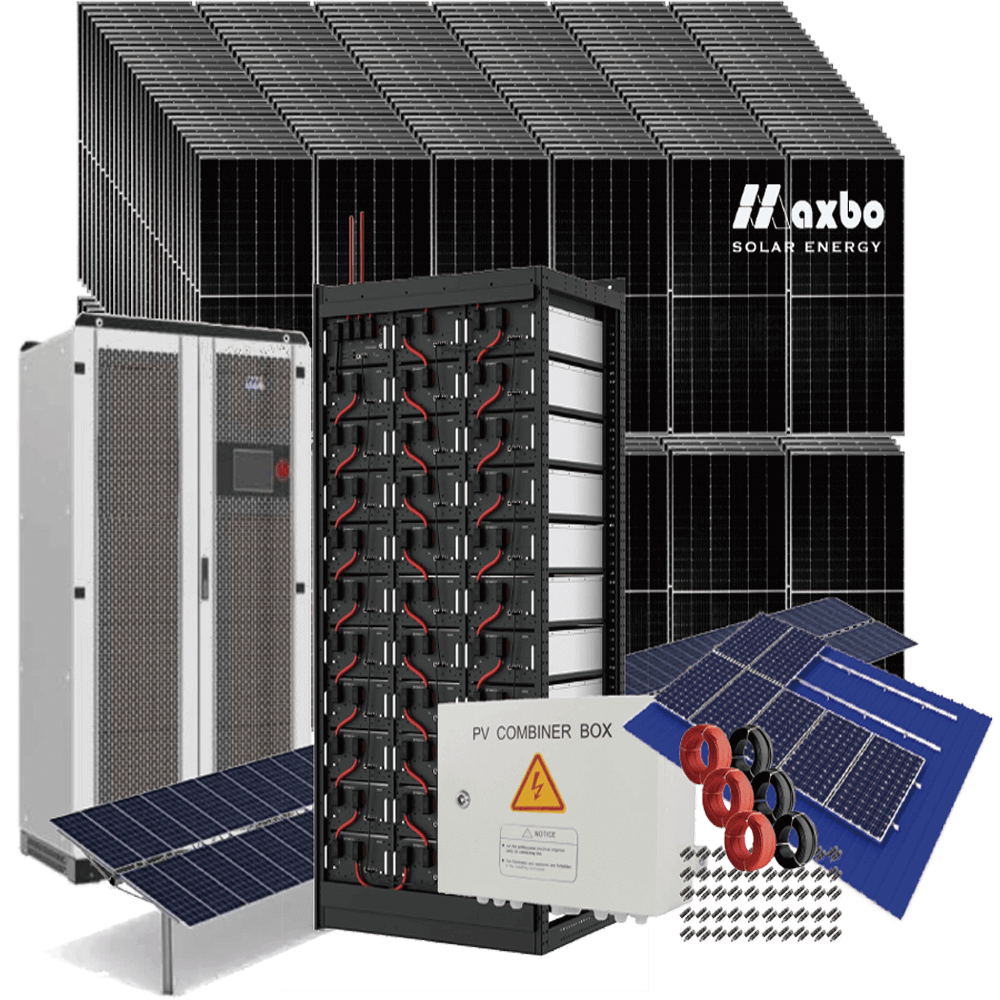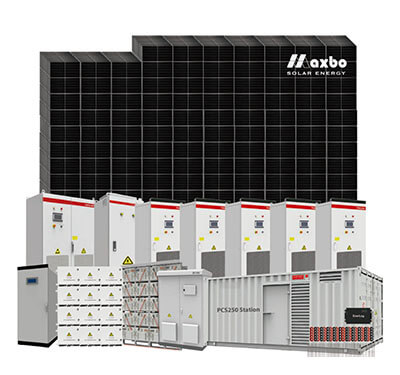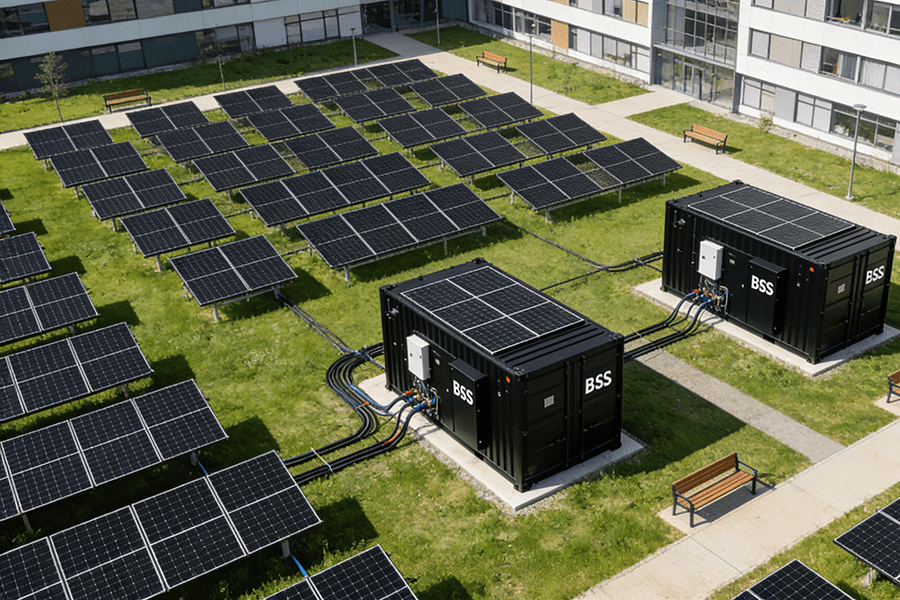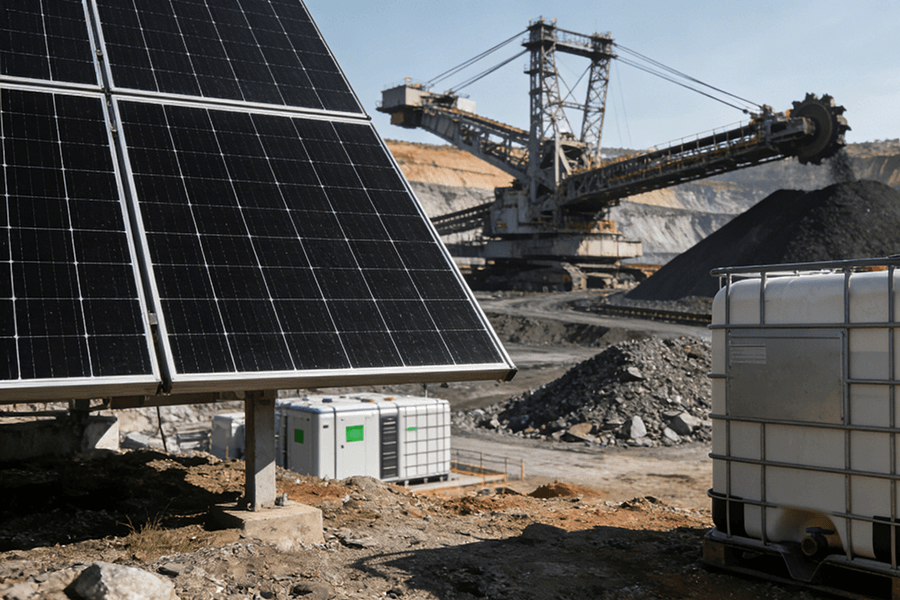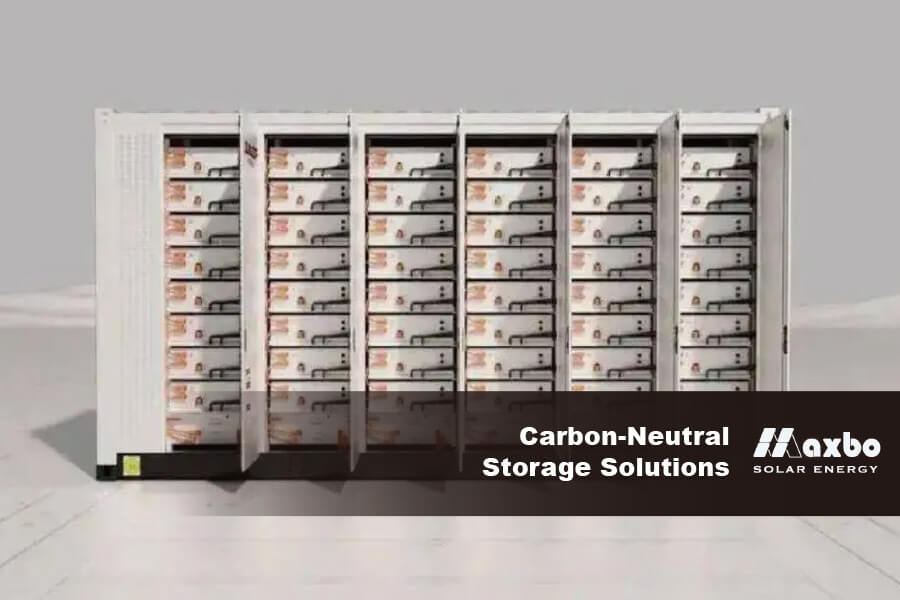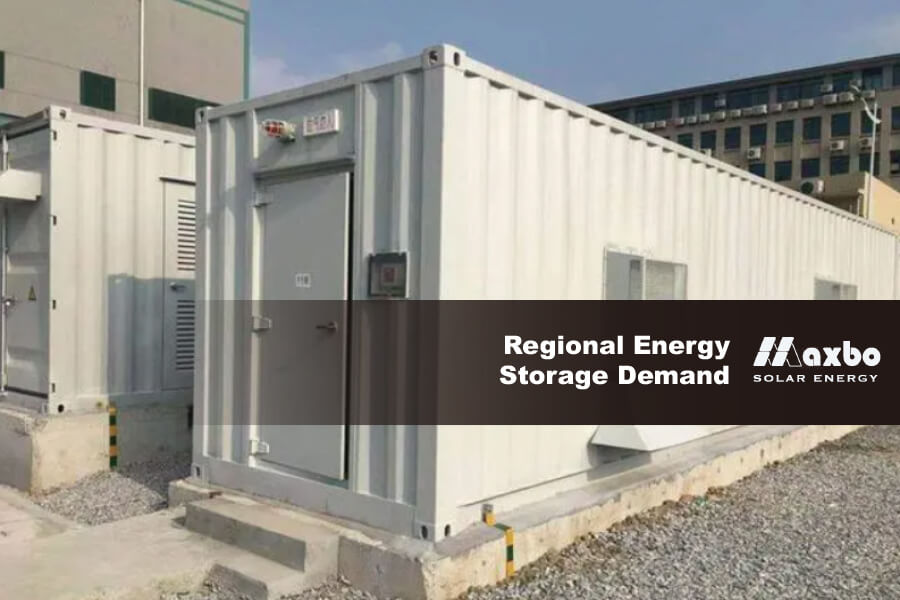At Maxbo Solar, we understand that designing a whole home solar system requires thoughtful consideration of your home’s structure, geographic location, and energy needs. Europe’s diverse climate and terrain offer both opportunities and challenges when it comes to solar energy production. In this guide, we will explore the most critical factors in whole home solar system design, providing insights on how to optimize your system for maximum efficiency and long-term sustainability.
1. Evaluating Roof Layout and Orientation
The roof is arguably the most critical component of any whole home solar system design. When designing your system, it’s essential to evaluate the layout, orientation, and structural integrity of your roof. Solar panels should be positioned to capture the maximum amount of sunlight throughout the day.
Key Factors to Consider:
- Roof Pitch: A roof angle of around 30-40 degrees is ideal for solar panels in most European locations. However, this can vary depending on your exact latitude.
- Orientation: In Europe, panels should ideally face south to capture the most sunlight. For roofs that don’t face directly south, Maxbo Solar provides advanced mounting solutions that can adjust panel angles for maximum sunlight exposure. whole home solar system design
By optimizing the layout and orientation, your system will be able to generate more energy, reducing your reliance on the grid.
2. Geographic Location and Solar Irradiance
The amount of sunlight (or solar irradiance) your home receives directly impacts the performance of your solar system. Whole home solar system design must account for your geographic location and its impact on energy production.
How Location Affects Solar System Design:
- Northern Europe: Countries like the UK or Germany tend to have fewer hours of sunlight, particularly during the winter months. In these cases, you may need to install additional panels or utilize more efficient photovoltaic technology to maximize energy capture.
- Southern Europe: Homes in Spain, Italy, or Greece benefit from higher levels of solar irradiance, allowing for smaller systems to meet the same energy needs.
At Maxbo Solar, we offer tailored solar system designs for homes across Europe, ensuring your panels are sized appropriately based on your location and sunlight exposure. Explore our products to find the right system for your home.
3. Roof Material and Durability
Another factor to consider in your whole home solar system design is the material and durability of your roof. Solar panels are a long-term investment, and your roof must be able to support the weight and structure of the solar array. whole home solar system design
Types of Roof Materials:
- Tile Roofs: Common in southern Europe, tile roofs provide a strong base for solar panels, though specialized mounting hardware may be required to avoid damage.
- Metal Roofs: Highly durable and ideal for solar installations, metal roofs are common in industrial settings but can also be used for residential systems.
At Maxbo Solar, we offer customized mounting solutions designed to work with different roof types, ensuring that your solar panels are securely fastened and aligned for optimal performance.
4. Assessing Shading and Obstructions
Shading is a significant concern when designing a whole home solar system. Trees, chimneys, and nearby buildings can cast shadows on your solar panels, reducing their efficiency.
How to Minimize Shading:
- Trim Trees: Consider trimming nearby trees to prevent them from blocking sunlight during peak hours.
- Microinverters: Use microinverters on each panel to mitigate the effects of shading. Microinverters ensure that even if one panel is shaded, the others continue to produce energy efficiently.
Maximizing sunlight exposure is critical for system performance, and Maxbo Solar offers solutions to minimize shading and optimize energy production for your home.
5. System Sizing and Capacity
Sizing your solar system correctly is crucial for achieving energy independence. The size of your system will depend on your household’s energy consumption, roof space, and location.
Factors That Influence System Size:
- Energy Usage: Analyze your monthly electricity usage to determine how much energy your solar panels need to generate. In Europe, an average home consumes around 3,500-4,500 kWh annually. whole home solar system design
- Roof Space: The available space on your roof limits the number of panels you can install. Larger roofs can accommodate more panels, producing more energy.
At Maxbo Solar, we offer a wide range of solar kits tailored to different energy needs and roof sizes. Our team will help you calculate the optimal system size for your home.
6. Integrating Energy Storage Solutions
An effective whole home solar system design isn’t complete without considering energy storage. Batteries, like our BESS systems, allow you to store excess energy generated during peak sunlight hours for use during the night or on cloudy days.
Benefits of Energy Storage:
- Energy Independence: Store solar energy to reduce your reliance on the grid.
- Backup Power: A battery system provides power during outages, ensuring that your home remains operational even during grid failures.
At Maxbo Solar, we offer top-tier BESS systems that integrate seamlessly with your solar panels. Explore our energy storage solutions for long-term energy independence.
7. Adapting to European Weather Conditions
Designing a whole home solar system in Europe means considering the variability of the weather. Rain, snow, and cloud cover can impact your solar system’s energy production.
How to Design for Weather Resilience:
- Waterproofing: Ensure that your panels and mounting systems are fully waterproofed to withstand heavy rain and snow.
- Snow Loads: In northern Europe, solar panels must be able to support snow accumulation during winter months. Choose robust materials and mounting systems to prevent damage.
At Maxbo Solar, we design systems that are resilient to harsh weather conditions, ensuring that your system continues to perform optimally year-round, no matter the climate. whole home solar system design
Conclusion: Why Maxbo Solar is Your Best Choice for Whole Home Solar System Design
At Maxbo Solar, we are committed to providing high-quality, custom whole home solar system designs that are perfectly suited to European homes. We consider everything from your roof layout and geographic location to your energy needs and weather conditions to create a solar solution that delivers maximum efficiency.
With our all-in-one approach, including solar panels, energy storage, and expert installation services, you can trust Maxbo Solar to design a system that meets your unique needs. Visit Maxbo Solar today to learn more about our solutions and take the first step toward energy independence. whole home solar system design
References:
- European Commission. (2021). Solar Energy Strategy for Europe. Retrieved from https://ec.europa.eu/energy
- Solar Energy International. (2020). Residential Solar System Design and Installation.
- EnergySage. (2021). How to Design a Home Solar System. Retrieved from https://www.energysage.com

